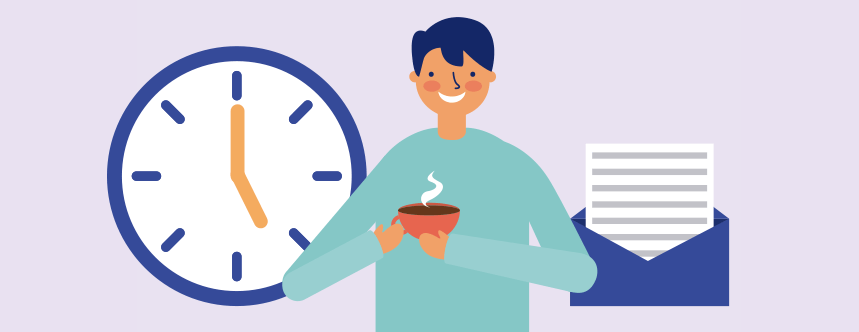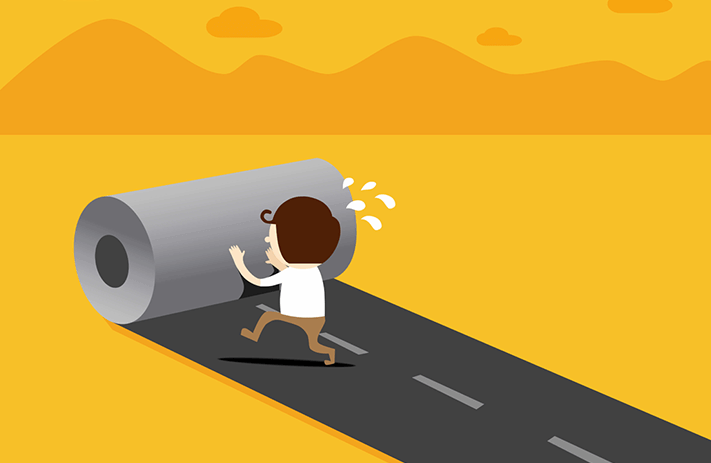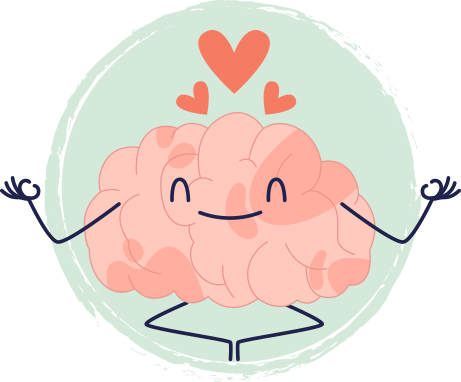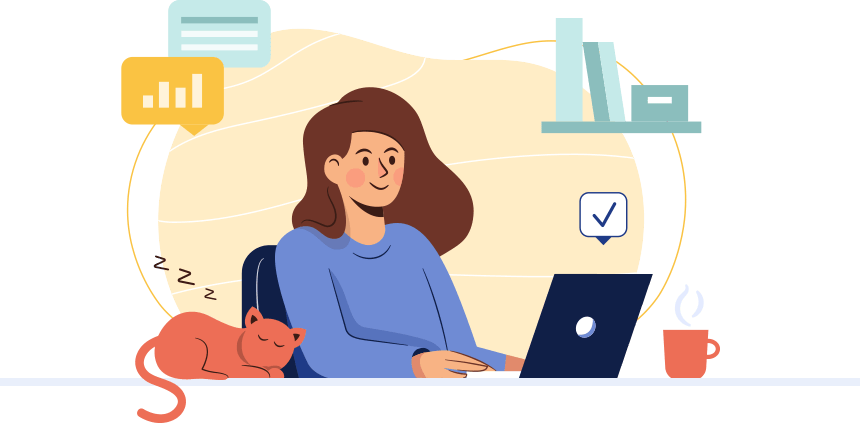You need a graphic designer for just about everything. Branding, marketing, and communications all need designs to connect with customers. Depending on the size and scope of your projects, you may need new designs made regularly so it’s crucial to know how to find great designers.
A graphic designer needs to understand your brand strategy and visual identity. Hiring the wrong person for the job could mean lost sales and that’s no good for anyone.
The first impressions customers will have of your business come from things like the logo, a business card, your website, or a landing page. Designs need to be something memorable like the golden arches which feature on the front of every McDonald’s or Amazon’s simple yet effective A-Z logo. We remember them because an excellent graphic designer did their job well.
Choosing the right person can feel like a daunting task. There are a lot of graphic designers available for hire so how do you find a diamond in the rough? If you know what your project specifications are you can help narrow down your options. Let’s take a look at how to create a great project brief.
How to Create A Project Brief
Whoever you pick for your graphic design needs is going to be grateful for a clear project brief. Some marketplaces will help you to create your brief as you go through the hiring process, but not all.
The key is to give your desired designer a clear and concise brief so they can get to work quickly. Unless you have very specific instructions, it’s good to be flexible and allow your designer creative freedom.
You’ll get your designs back quicker and everyone will be happy. When you’re bringing in someone new try to negotiate a few revisions into the contract. Hopefully, they’ll nail the design in one go but revisions are a great safety net.
Here are some things to include when creating your brief:
Scope: Are you looking for someone to help create ideas or do you know what you want? It’s okay if you don’t have a clear idea in your mind’s eye – your graphic designer can help with this. Expect to pay more in these instances as the work will likely take longer and need more revisions.
Inspiration: If there are any images that you like or you’re looking to compete with, let your designer know. This could be colorways, content, or finish style. It helps your designer to get inside your head a little and have a clearer idea of your expectations.
Brand information: Let your designer know about your brand so their creations can be in line with the visual identity. Continuity across your business helps to build brand awareness.
Budget: Be upfront about your budget expectations. Allow freelancers the option to opt-out if the price doesn’t meet their rates. This will save both the recruiter and the designer precious time with negotiations.
Timeline: Do you need the work done by a certain date? Let your designer know about any time constraints you have. Whether it’s a week, a month, or it’s flexible, it’s valuable information for your graphic designer.
Now you know how to create the perfect brief it’s time to look for a graphic designer. Below are some of the best graphic designer websites available. You’ll find millions of freelancers for hire.

Graphic Designer Websites for Every Occasion
There are a lot of different websites you can use to find incredible graphic designers. Many designers can be found on freelance job boards you may already be familiar with. Alternatively, you can look at dedicated designer websites and independent portfolios.
Always look through someone’s portfolio before making any hiring decisions. Depending on which platform you use, you may need to request applicants send portfolio pieces as part of their pitch. Make sure you’ve got a good idea of the quality of someone’s work before you hire anyone.
Generic Job Boards
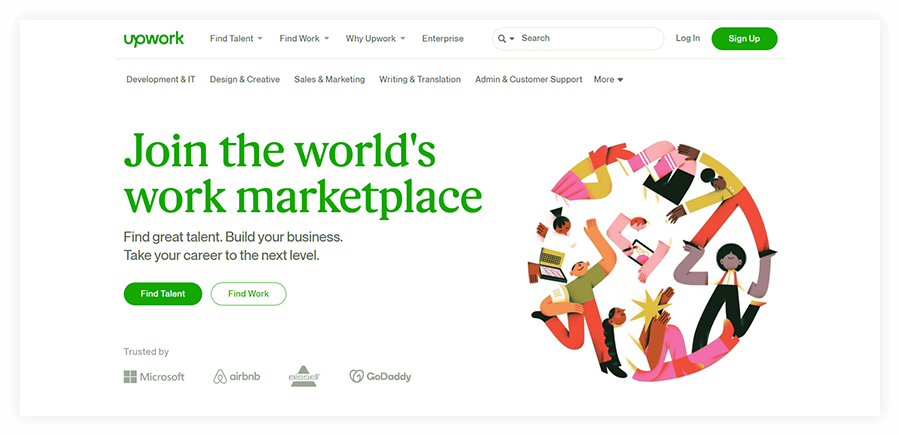
Upwork
Upwork is the largest freelance marketplace on the web and there are thousands of graphic designers on its books. Due to its size, the talent levels range from low-quality to high-quality. Unqualified freelancers will apply to your job posting which can be time-consuming to sort through. One benefit of Upwork is that you’ll definitely be able to find someone to suit your budget.
How to hire a graphic designer on Upwork
There are two ways to hire a graphic designer on Upwork: post a job or browse the Project Catalog. If you post a job, Upwork has created an easy workflow to create your listing. You can select the specific skills you want (in this case graphic design, illustration, logo design, etc).
Once you’ve set the skills, location, experience, and budget you can add the job description. Add as many details as you feel are necessary to give freelancers a clear idea of what you are looking for.
The other option is Project Catalog which is where freelancers offer pre-packaged deals. The freelancer sets the parameters for the job and you can select the one that suits your needs best. Browsing Project Catalog is a great way to view portfolios before reaching out to your preferred freelancer.

PeoplePerHour
PeoplePerHour is another massive marketplace to find freelancers in a variety of disciplines. Plenty of graphic designers are available through this platform which makes it a great choice for businesses to find someone. PeoplePerHour is more popular in Europe; however, it offers its services worldwide.
How to hire a graphic designer on PeoplePerHour
Like Upwork, there are two ways you can find a freelancer to work on your projects. The first is to post a job listing and freelancers can pitch to you. Or you can browse the offers section to find pre-packaged deals.
The workflow for posting a job on PeoplePerHour is simple and compact. After you select what skills and disciplines you’re looking for you can add in the project description and attach any helpful documents. They also let you know how projects should be priced to attract their top freelancers.
Offers from available freelancers might be a better option because you will be able to look at people’s portfolios. This gives you a good idea of a freelancer’s skills and you can choose the right person for your project.
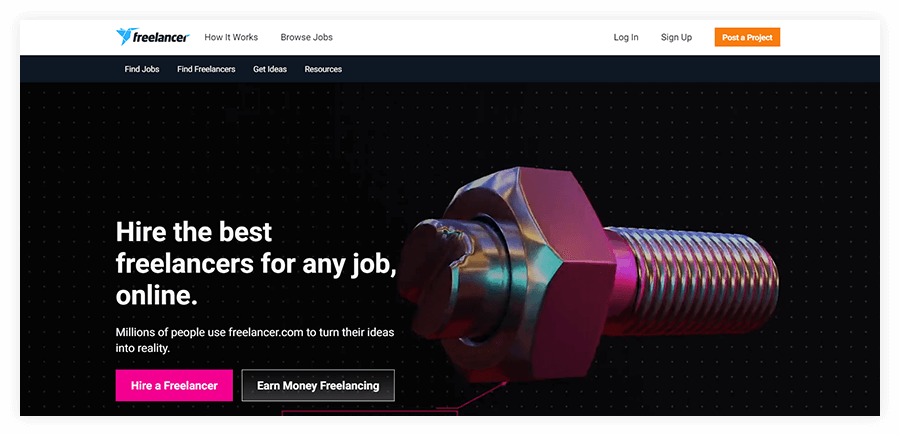
Freelancer.com
Freelancer.com allows you to post a job listing which freelancers can respond to. It works just like Upwork and PeoplePerHour for these types of jobs. The main difference is that Freelancer.com has is the ability to host contests. Contests allow you to get multiple entries before choosing a winner.
How to hire a graphic designer on Freelancer.com
When you want to post a job or contest on Freelancer.com they will ask for a post title and description. You can add documents with instructions or inspirations if that’s necessary. Once you have added these details the skills section will be auto-filled but you can add and remove skills.
Job listings and contests are created using the same workflow. There are a variety of extras you can buy which can help to attract people to your job but they’re not necessary.

Guru
Guru is a freelance marketplace that has over 200,000 graphic designers on its books. You post a job on the platform and freelancers will pitch proposals to you. Guru has a built-in portfolio that freelancers can add to their profile page. Be sure to check over portfolios before making any hiring decisions.
How to hire a graphic designer on Guru
Creating a job post on Guru is simple. Click the ‘post a job’ badge at the top of the page and fill out the information. It’s the usual stuff, title, description, skills, and budget. Freelancers will then send quotes for their services and you can select the best one.
You can also request quotes directly from freelancers via their profile page. If there’s a particular freelancer you want to work with this is a great way to get their attention.
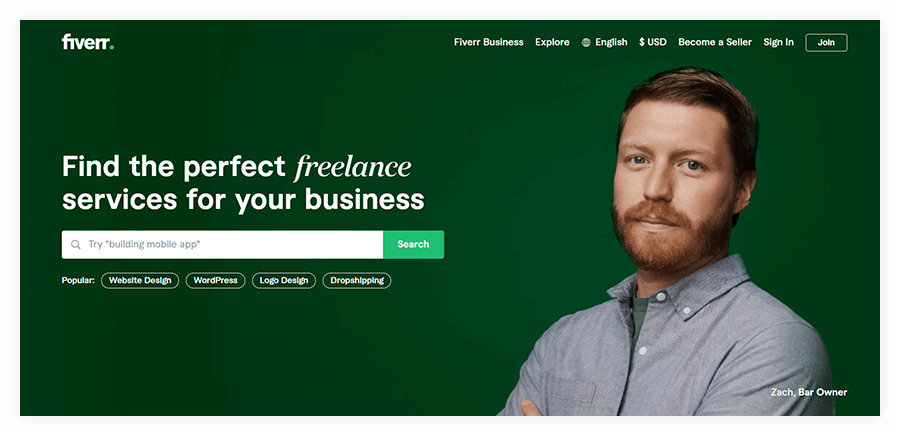
Fiverr
Fiverr is an online marketplace where freelancers can post gigs for set prices with optional extras. The site gets its name from the minimum gig price which is $5. Thousands of graphic designers are available on Fiverr with gigs priced for all budgets. Their most skilled freelancers can be identified with the Pro Verified watermark.
Clients can review a freelancer’s work and the reviews are freely available to view on their profile page. This is a great way to ensure your chosen freelancer can deliver quality work.
How to hire a graphic designer on Fiverr
Either search for the skills you’re looking for or use the navigation bar at the top of the page. Fiverr will list all the available freelancers; it’s worth taking your time to look through them to find the perfect person. There is even the option to hire someone on a subscription basis if you have ongoing work.
Once you have found the right designer for your project you can either message them first or go ahead and purchase the gig. Select any relevant extras – make sure you’re getting a high-quality file and consider asking for the source file too in case you want to make edits in-house. Fill out the information your freelancer has requested and wait for a response.
Dedicated Job Boards
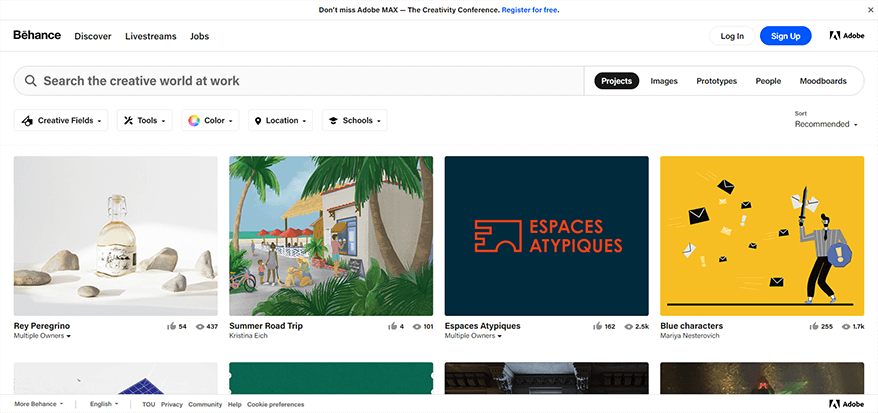
Behance
Behance is a website owned and operated by Adobe, the company behind Photoshop, Illustrator, and After Effects. Many graphic designers use Adobe products to create their designs. Freelancers can upload their work to Behance which doubles as a portfolio website and job board.
How to hire a graphic designer on Behance
Recruiters can post a job to Behance and freelancers will be able to apply for open positions. Behance will also recommend potential candidates and you’ll have the option to shortlist at the time of posting.
You can choose to have designers apply through Behance or redirect them to your third-party website. All you need to do is fill out the skills you’re looking for, a job listing title, and the job description. There are options to list the job as a full-time, internship, or freelance opportunity. You should receive an average of 150 applicants per job posting.
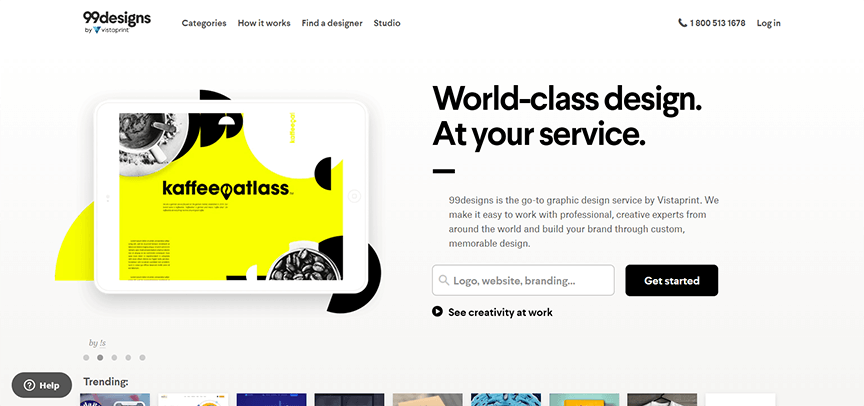
99Designs
99Designs is a popular website for finding graphic designers. They have entry-level, mid-level, and top-level freelancers on their books. The prices for designs on 99Designs start in the hundreds so this isn’t the best website for finding a bargain. However, if you have the right budget, the designers on this website have all been quality-assured.
How to hire a graphic designer on 99Designes
You can hire through profile pages or post a contest and receive multiple submissions. If you decide to hire directly you can browse profiles for their portfolio and price list. Once you have found someone you like, message them or request a quote. It is possible to negotiate prices with certain freelancers.
Contests work differently but they can be beneficial if you want to see extra design choices. The best part about hosting a contest is the money-back guarantee in case there are no clear winners. 99Designs suggests that higher contest prizes will lead to more submissions so consider how much you can afford to spend.
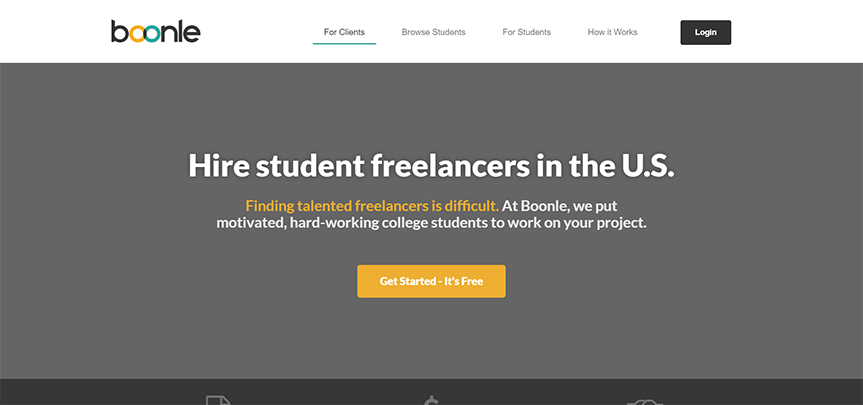
Boonle
If you’re looking to hire someone on a budget then Boonle could be the best platform for you. All the designers on this website are students currently studying their profession. It’s a great way to support freelancers in the early stages of their careers. Who knows, you might even find the next Andy Warhol.
How to hire a graphic designer on Boonle
You will need to fill out some information about the job including the expected results. Boonle lets you post your job for free and your clients can set their own price. You then wait for students to apply or search through portfolios and invite the ones you like to your project.
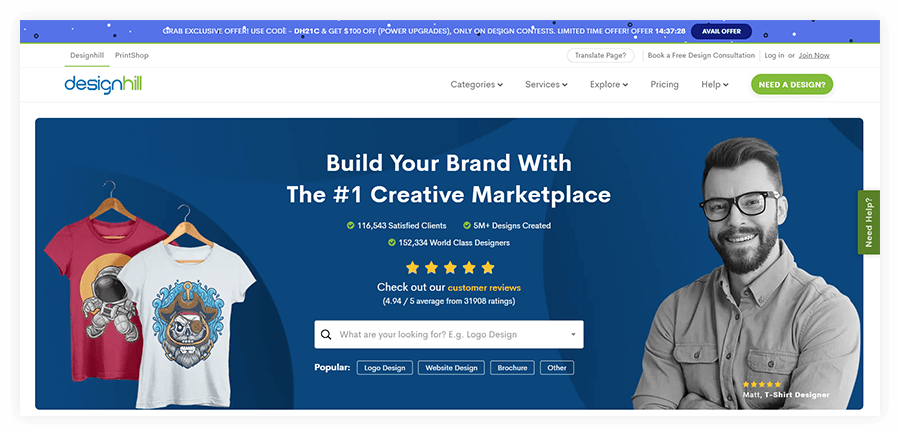
Design Hill
Design Hill has facilitated over 5 million designs. They have a variety of ways to find the perfect design at budgets of any size. Over 150,000 graphic designers have signed up for the website and their sister company Print Shop can help with any merchandising needs.
How to hire a graphic designer on Design Hill
Finding a graphic designer on Design Hill has been made really simple. There are three ways you can connect with freelancers to get your designs brought to life. The first method is to host a contest that has the added benefit of receiving multiple submissions. Design Hill offers a money-back guarantee if you aren’t happy with the submissions for any reason.
Alternatively, you can search for pre-packaged deals and hire services directly from graphic designers. Services will have set prices and it’s worth checking what’s including such as the number of revisions. The last method to hire someone on Design Hill is to message them and create a one-to-one project.
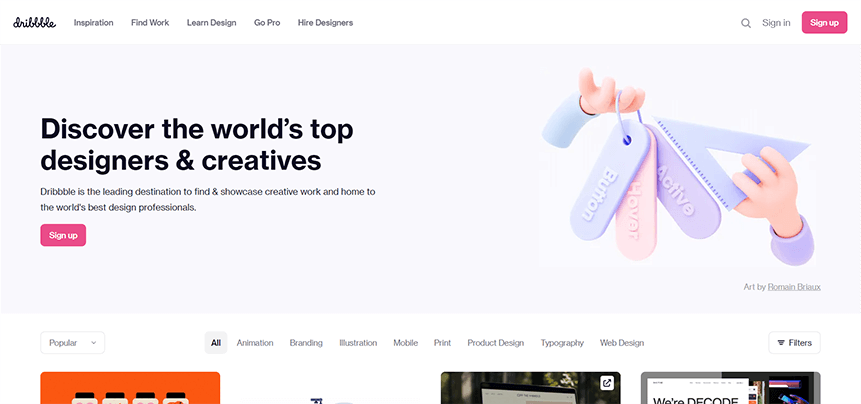
Dribbble
Dribble is a subscription service. They claim to have over 1 million designers on their books. Some of the world’s leading companies are clients and they post full-time or freelance opportunities. The website doubles as a learning platform and they host workshops to help their freelancers continually hone and improve their craft.
How to hire graphic designers on Dribbble
You need to pay a monthly or quarterly subscription fee to access most of the site’s functionality. It costs $299 a month for access to the job board and $299 a month if you would prefer the designer search. A combined subscription will set you back $499 per month.
The job board lets you post job listings that freelancers can browse and apply for. The average job listing attracts 1100 viewers. If you prefer to browse profile pages then the designer search is a better choice. This will let you contact designers directly and hire the right person.
Independent Portfolios
Not every graphic designer lists their services on the job boards mentioned here. Some of them are only available via their own portfolio websites. If you’re struggling to find the right person try opening up the search by using Google.
Perhaps you want to hire someone in your city so they’re guaranteed to be working to your timezone, or you can have a meeting with them. Try searching for “graphic designer” + “your city” to narrow down the search. If you’ve seen some designs from a competitor you like but you’re not sure who the designer is try searching “company name” + “graphic designer.”
To take the pressure out of searching for independent portfolios, here are some incredible designers open for commissions.
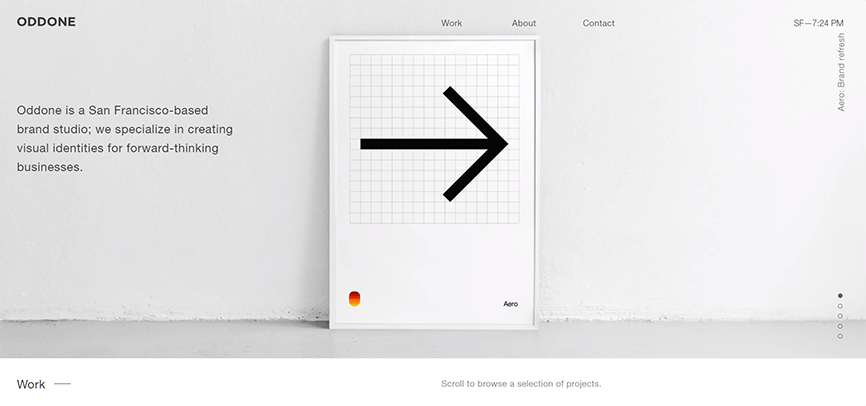
Oddone
Do you want to hire the person who helped to create assets for Google? Oddone is the studio name for San Francisco-based designer Roger Oddone. He has helped tech companies like Uber and Google to create branded assets.
His work includes the iconic Uber logo that sits on every mobile phone. Oddone studio is a great option for businesses looking to establish their visual identity or create a brand strategy.
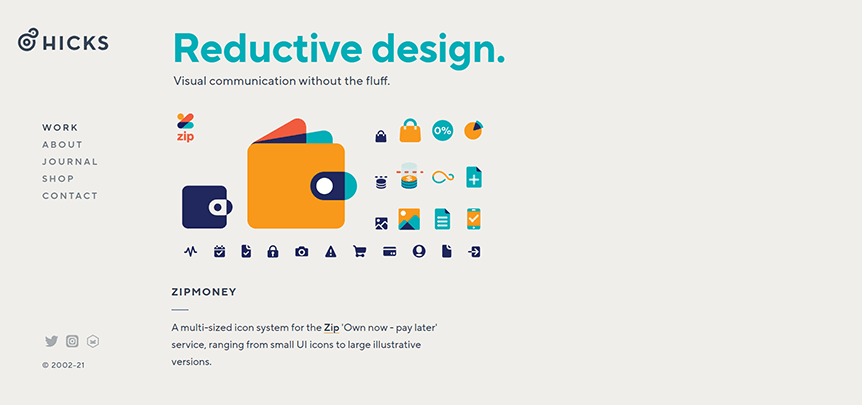
Hicks Design
If you surf the web chances are you’ve spotted more than one of the fantastic logos designed by Jon and Leigh Hicks of Hicks Design. They’re the creative force behind the logo for the third most popular internet browser Firefox.
Popular web tools such as Shopify, MailChimp, and DuckDuckGo have commissioned designs from Hicks. It’s safe to say if you’re looking for a quality logo, you should consider this studio.
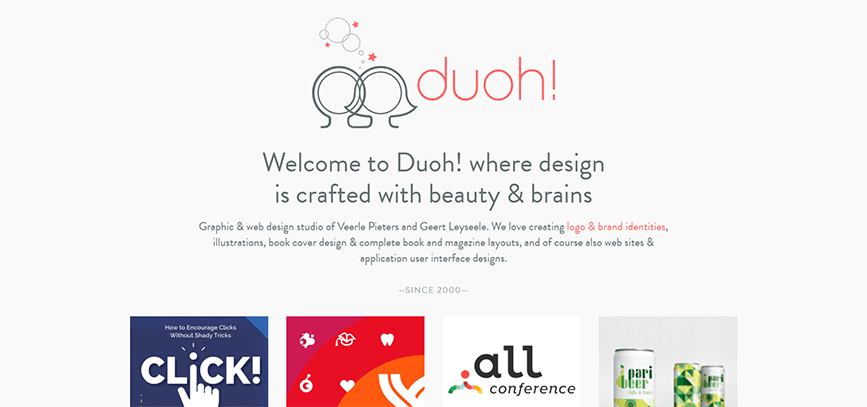
Duoh!
Duoh! has been in business since 2000 and since then they’ve created an impressive portfolio of work. The studio can help with all manner of graphic design needs from logos to UX/UI design.
If you have a large project then you might want to hire a studio trained in multiple disciplines. Duoh! can help to establish your web presence by offering logo and website design packages.
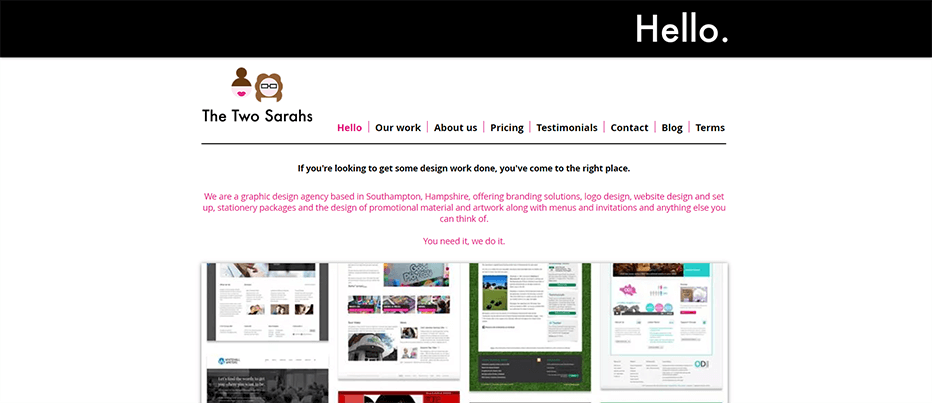
The Two Sarahs
Named after its two co-founders Sarah and Sarah, The Two Sarah’s is a design studio passionate about print. Although your digital identity is vitally important now, print work gives you something tangible to share with your customers.
Whatever you need, the Two Sarahs can do. Business cards, leaflets, menus, letterheads, and much more. They can even help with logo design and digital assets to help shape the visual identity of your brand.

Bonus Websites
Canva
Don’t have the budget to outsource your graphic design needs? No problem. Canva could be the right option for you. It’s a browser-based photo editing software. It has a free and paid tiers but most of the functions you’ll need come for free.
It’s not as advanced as something like Photoshop but if you have simple needs Canva is more than capable of the job. There are hundreds of templates available that you can use as they come or edit them to suit.
Canva is a great option to save money on a professional. It’s easy to use and the templates are gorgeous. Creating eye-catching graphics is possible even for those who’ve never designed anything before. If hiring a professional is out of budget at the moment you can still create what you need!
Penji.co
If you need unlimited web designs for a flat rate, Penji should be one of your top choices! Over thousands of businesses entrust Penji with their graphic and web design work. They are ideal if you have a high volume of designs monthly. Moreover, they can help you with over 120+ web and graphic design requests.
Alternatively, Penji also offers “Penji Express.” It’s their marketplace option, allowing you to request logos, custom illustrations, brochures, landing pages, and more! With this in mind, Penji can help you kickstart your business at an affordable rate without compromising the quality! Penji provides tips on how to hire artists online, click here.
Conclusion
Finding the right graphic designer can take time. It’s not a decision that should be made lightly because it could be the first impression your customers have of your business. You need to find someone who can match your brand’s style. For example, if you’re a craft beer business impressionist art style might not be the best fit.
Since there are millions of designers available for freelance work online it shouldn’t be hard to find someone. Whether you stick to familiar platforms like Upwork and Fiverr or try one of the dedicated sites mentioned above, the right person is only a few clicks away.
All that’s left to do is to contact the graphic designer and hand off the brief. Remember to always check portfolios before hiring and build revisions into the contract.

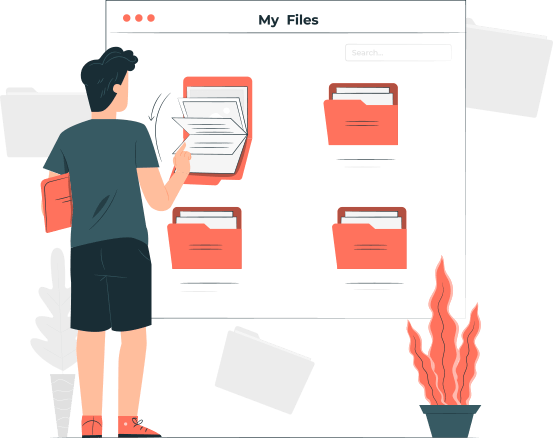

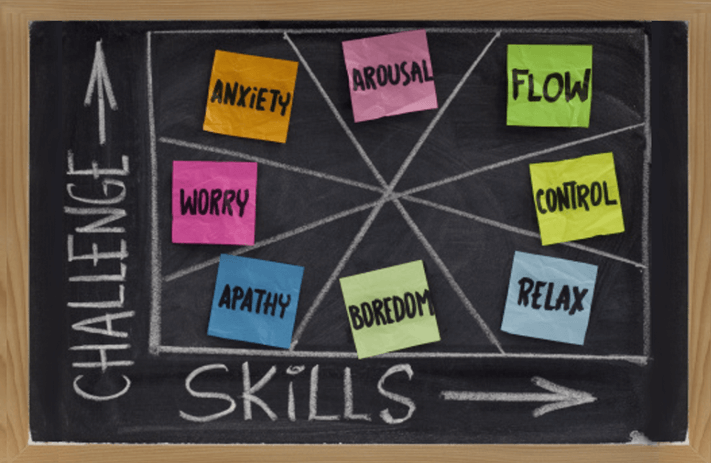
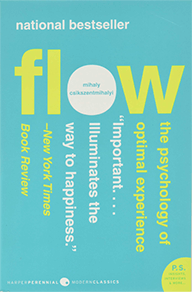 In his influential book, Flow: The Psychology of Optimal Experience, he states:
In his influential book, Flow: The Psychology of Optimal Experience, he states:
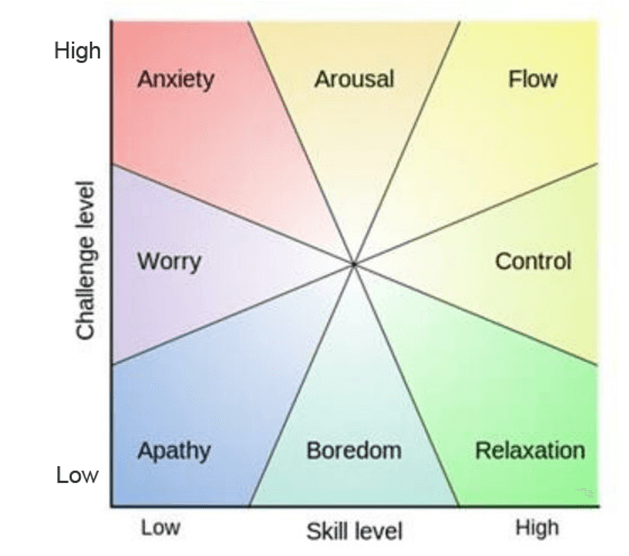
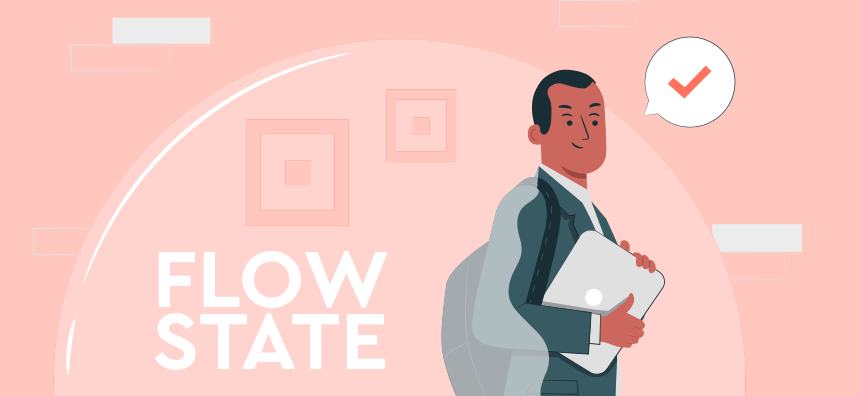
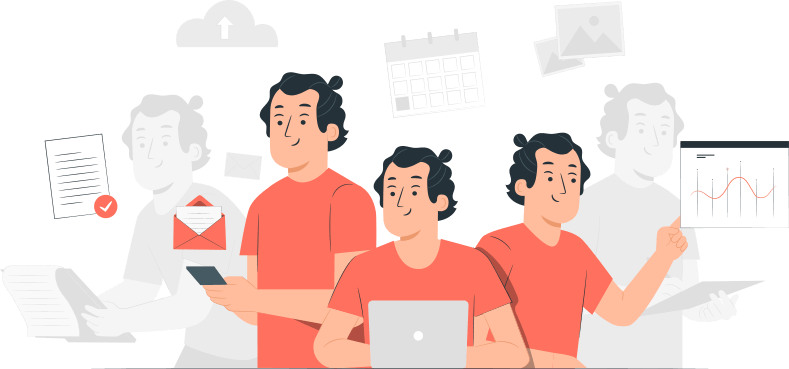

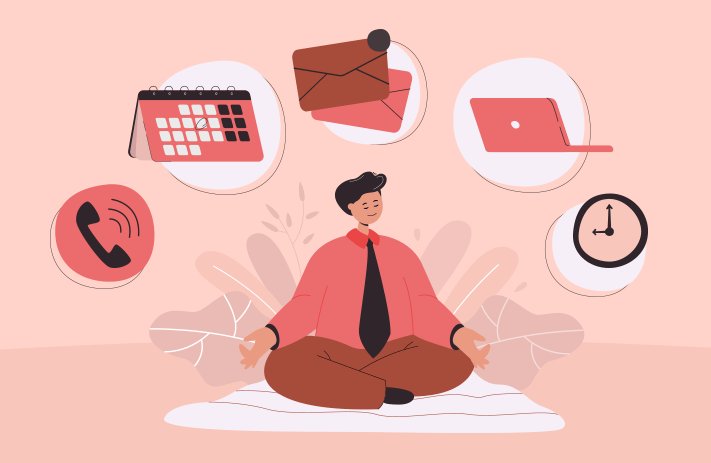



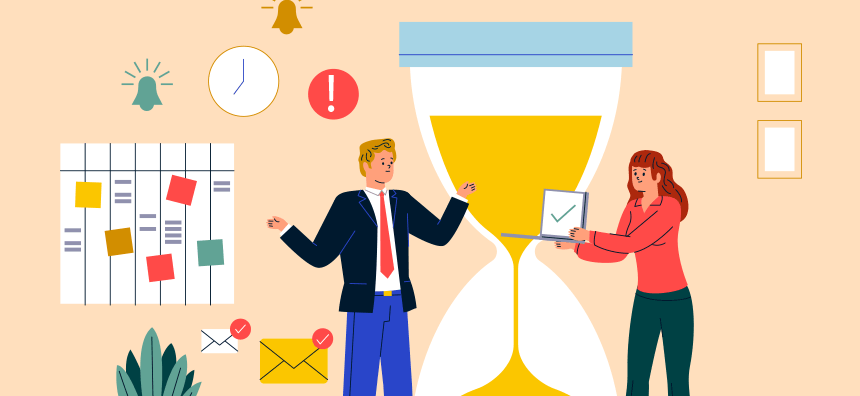
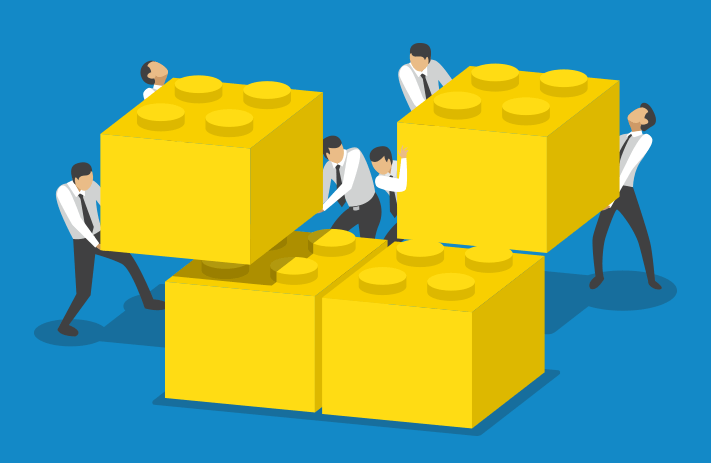

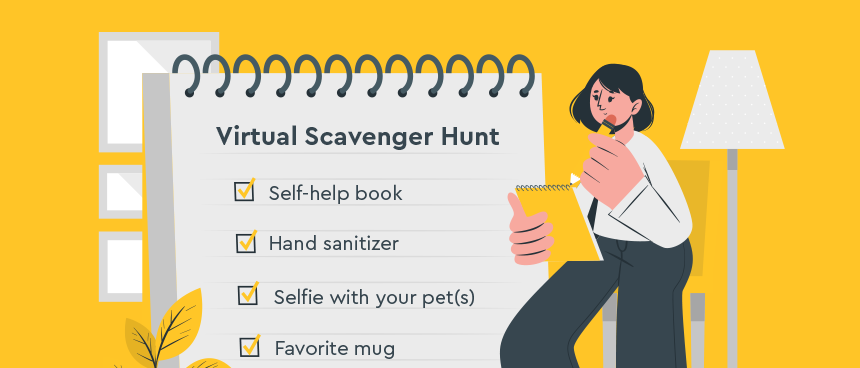
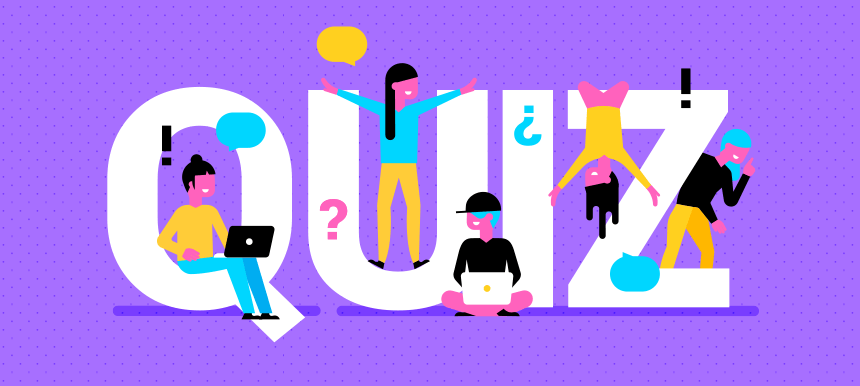
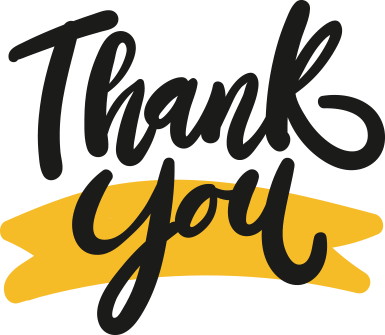






















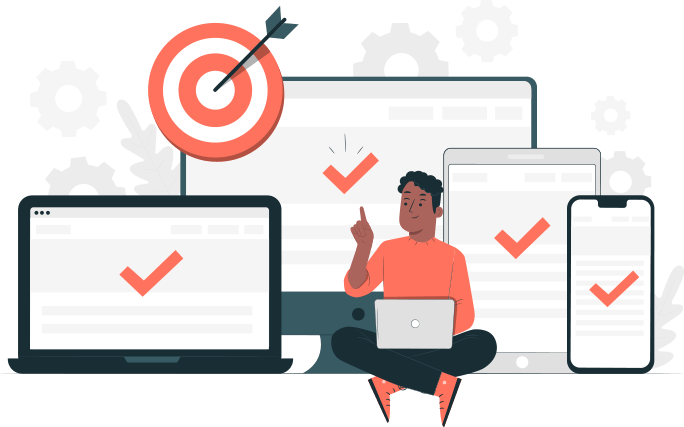


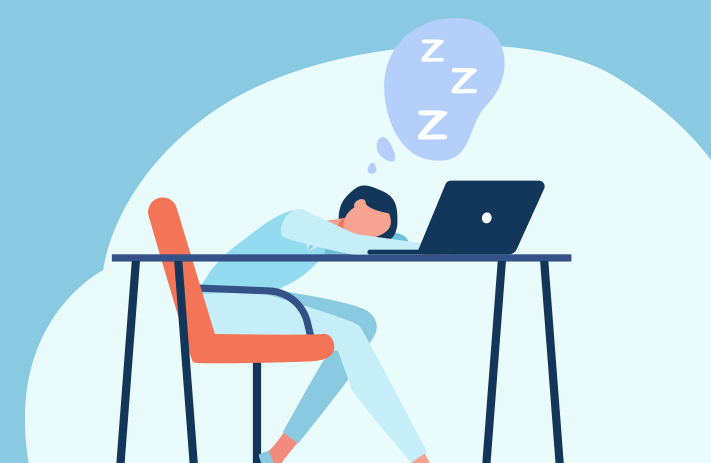
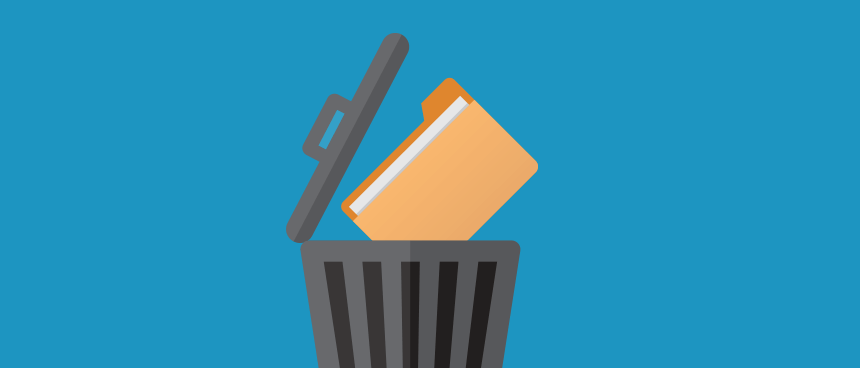

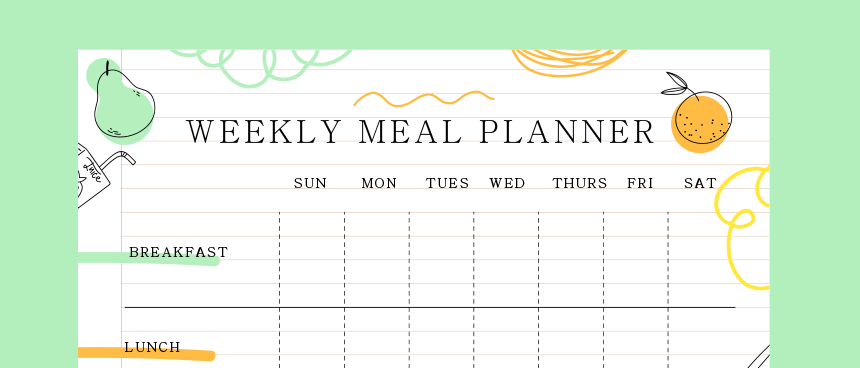
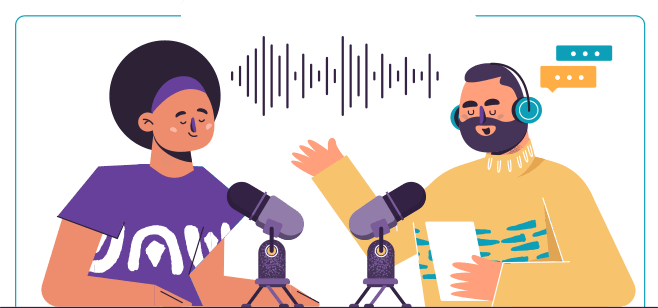






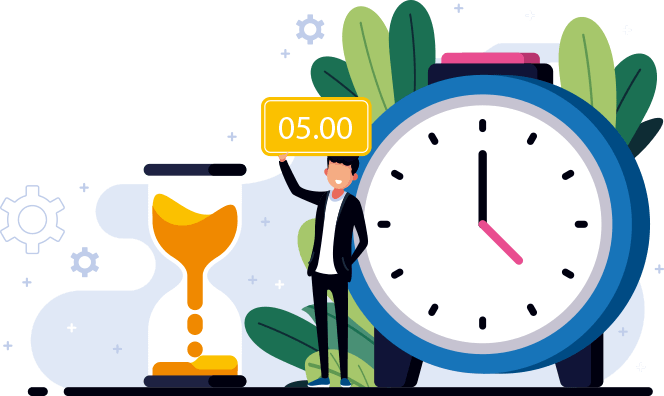




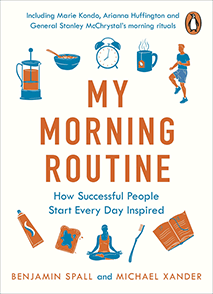 Benjamin Spall, co-author of the book My Morning Routine: How Successful People Start Every Day Inspired, defines a morning routine as “
Benjamin Spall, co-author of the book My Morning Routine: How Successful People Start Every Day Inspired, defines a morning routine as “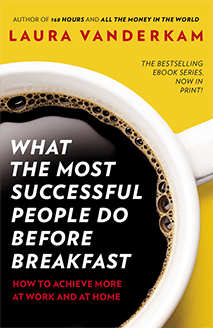 Laura Vanderkam, the author of What The Most Successful People Do Before Breakfast,
Laura Vanderkam, the author of What The Most Successful People Do Before Breakfast, 